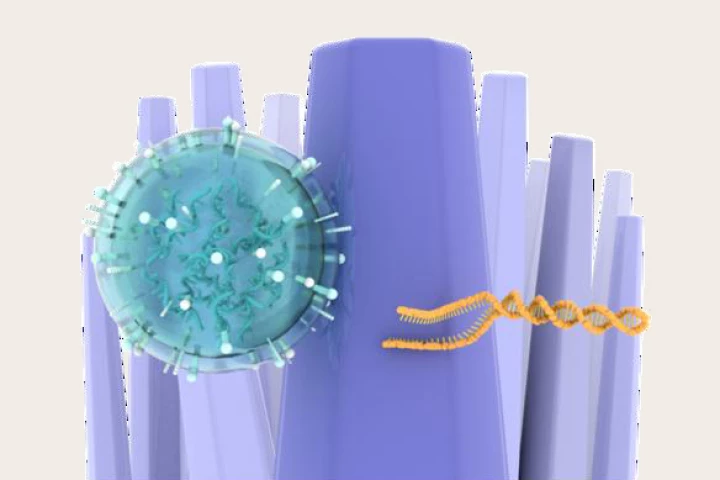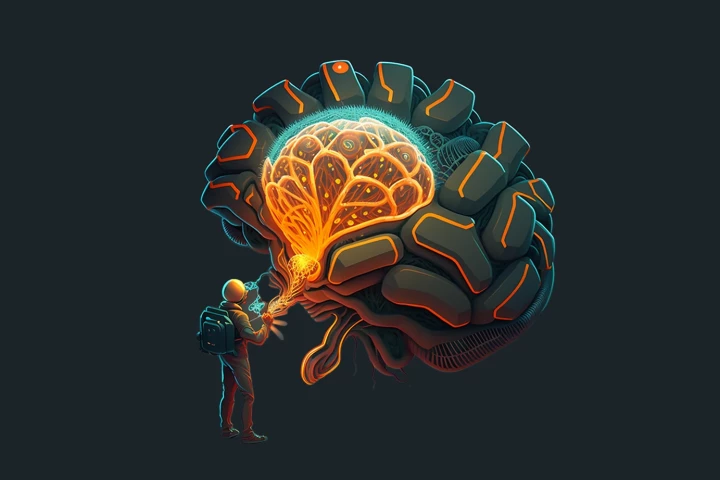Nanotechnology
-
Researchers have created a nanoscale electronic ‘tattoo’ that attaches to an individual cell without damaging it. The breakthrough development could be used to monitor cell health and puts us one step closer to getting the jump on disease diagnosis.
-
Researchers have used 3D nanotechnology to successfully grow human retinal cells, opening the door to a new way of treating age-related macular degeneration, a leading cause of blindness in the developed world.
-
Researchers have used nanowires to ‘catch-and-release’ DNA in urine, enabling them to detect mutations that signify the presence of a brain tumor. Their method may one day mean that invasive tissue biopsies are no longer required.
-
As anyone who's ever seen a bolt of lightning knows, the air around us can be filled with an astonishing amount of energy. A new study shows a way to harvest this power using a perforated nanofilm that can be made from a vast variety of materials.
-
Inspired by the wings of dragonflies and cicadas, researchers have developed a new coating for orthopedic implants. It not only shreds harmful bacteria, but also monitors stress on the system, meaning it could warn of impending implant failure.
-
Researchers tricked glioblastoma cancer cells in mice into taking up iron-filled carbon nanotubes. They then shredded those cells by spinning the tubes using magnetic force. The technique has the researchers hopeful for a similar result in humans.
-
Traditional concrete is so last century. A team of engineers has created a concrete that is strong but flexible, can generate electricity and have its qualities fine-tuned for tailor-made builds. And one day it might even help guide driverless cars.
-
The amount of single-use plastics the world disposed of during the pandemic continues to be a huge environmental headache. A clever new upcycling method, though, takes the trash and turns it into one increasingly lucrative piece of tech, carbon dots.
-
Nanofibers have recently been utilized in many applications, ranging from wound dressings to high-strength composite materials. Scientists have now developed a faster and simpler method of producing those fibers, which was inspired by the silkworm.
-
Researchers have developed a new open-source program that can convert drawings or digital models into nanoscale sculptures made of DNA. In tests, the system nailed rounded objects like vases and bowls.
-
Last year, scientists at the Technical University of Denmark (DTU) got in a festive mood and created "the world's thinnest Christmas tree." This time, they've produced what they claim is the world's smallest record, complete with a Christmas tune engraved into it.
-
Although we've been hearing about stronger forms of concrete, one of the keys to making concrete last longer is to keep water from seeping into it. A new surface sealant could help, as it makes existing concrete 75 percent more water-repellent.
Load More











